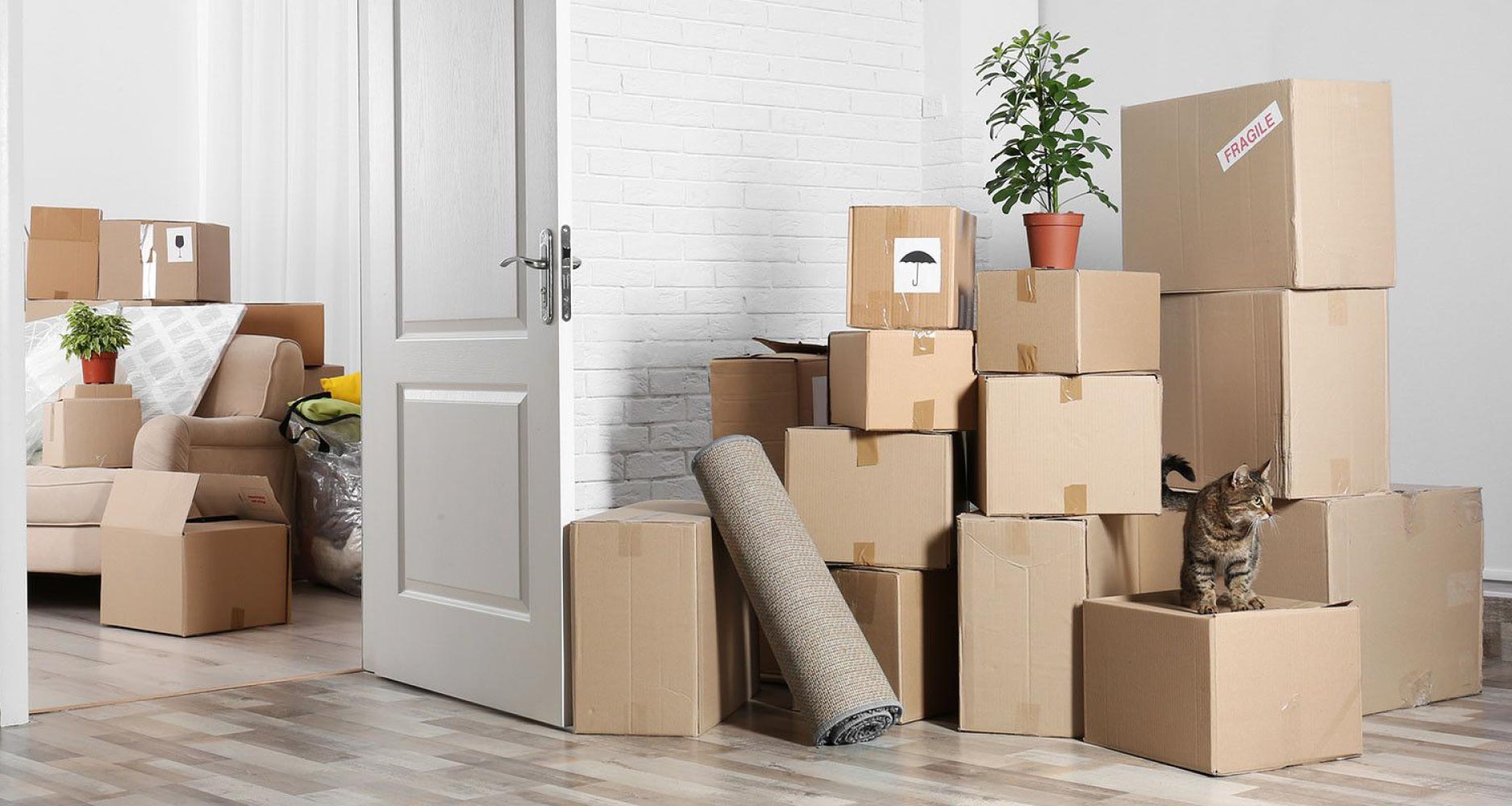TRAVEL & RELOCATION

TRENDING

We’re excited and honoured to feature South Africa’s second largest independent animal welfare organisation on PetlifeSA.
Moving House With A Cat

Moving house can be very stressful as cats are territorial and bond with their environment.
For the best outcome, be sure to plan ahead.
MOVING DAY
- Before the moving company arrives, choose a room where your cat can stay with items they’ll see first in your new home.
- Close all the windows and doors after placing the following in the room: your cat’s bed, food and water bowls, litter tray and the pet carrier they’ll be travelling in.
- Make sure everyone involved / with access to the house knows about your cat. Write and stick a sign, “Keep Door Closed”, on the door to be safe.
- First remove all the items from the other rooms before tackling the ‘cat room’. Place your cat in the cat carrier before allowing others to enter.
- Your cat should drive with you, not in the van! Secure the carrier in the back seat (not the boot).
- During long trips, stop so your cat has the opportunity to drink water and use the litter box.
- Ventilation is important, especially on hot days. Never leave your cat alone in a parked vehicle.
- At your new home (if you arrive the same day), first unload and install the furniture from the ‘cat room’.
- In the new ‘cat room’, plug in a synthetic feline facial pheromone diffuser. If this can be done a few hours before your cat arrives, even better!
- Before showing your cat the room, make sure everything that was in the previous room is there. Close the door. If someone could stay with them for a bit that would be great!
- After having some time to explore, offer your cat some food.
- Once everyone has left and things settle down, allow your cat to explore the rest of the house, but make sure there are no exit points. If your cat seems anxious, take it easy. Try showing only one room at a time.
- Stay calm and show your cat it’s safe.
- Keep supervising your cat to avoid them getting stuck in narrow, unfamiliar gaps while seeking refuge.
- Time in a cattery, one day before and one day after the move, could help reduce anxiety.
HOW TO HELP YOUR CAT SETTLE IN
- For the first two weeks, keep your cat indoors.
- Frequently feed your cat small portions.
- Stick to your old routines for the sake of familiarity.
- Don’t stop using the synthetic feline facial pheromone diffuser in the ‘cat room’.
- Indoor cats may take longer to adapt. Familiar furniture will help, but just be patient.
BEFORE LETTING YOUR CAT OUTSIDE
- Your cats need to get used to their new space for a couple of weeks, so keep them inside.
- It should be easy to identify your cat (via info on their collar and a microchip).
- Update the address info on the collar and the microchip.
- Check that your cat’s shots and vaccinations are up to date.
- Once you’re sure your cat has adjusted, a cat flap can be useful (an electronic or magnetic mechanism that works with the collar will help keep other cats out).
- Your cat needs to secure a new territory to help keep other cats away.
- Gradual exposure to the outdoors, under supervision, can help.
- If your cat feels comfortable in a harness, attach a lead and walk around the garden.
- Don’t force your cat to do things, for example, carry them outside. Let them choose if they want to investigate.
- Once outside, make sure your cat can easily get inside again.
- Outdoor cats tend to adapt quicker; timid cats may take longer.
HOW TO STOP YOUR CAT FROM SEEKING THEIR OLD HOME
If your old house is near your new house, your cat might find their way back.
Tell the new occupants to contact you if this happens (or if they see your cat around). They should not be fed or shown affection. The best you can do, is follow the advice above, especially in terms of sticking to the indoor periods. Also try to surround your cat with natural, familiar scents. Some herbs can also have calming effects. Settling down may take months, but don’t lose hope.
LIFESTYLE
Outdoor cats will probably get frustrated while adjusting and indoor cats will need more stimulation, so try to enhance their environment:
- Hide dry food and treats around the house
- Make sure there are enough high vantage points
- Give them a sizeable scratching post or two
- Offer regular predatory play sessions
- Throw boxes and paper bags into the mix
Each cat’s adjusting period will be different. Some will be fine the first time they venture outside, but this is quite rare.
WHAT IF YOU MOVE TO A SMALLER PLACE?
To reduce tension, especially in multi-cat households, make sure there are enough:
- Beds
- Litter trays
- Scratching posts
- Food and water bowls
- High places to rest (e.g. wardrobes, cupboards and shelves)
- Private hiding places (e.g. under beds or at the bottom of a wardrobe)
Related Articles









